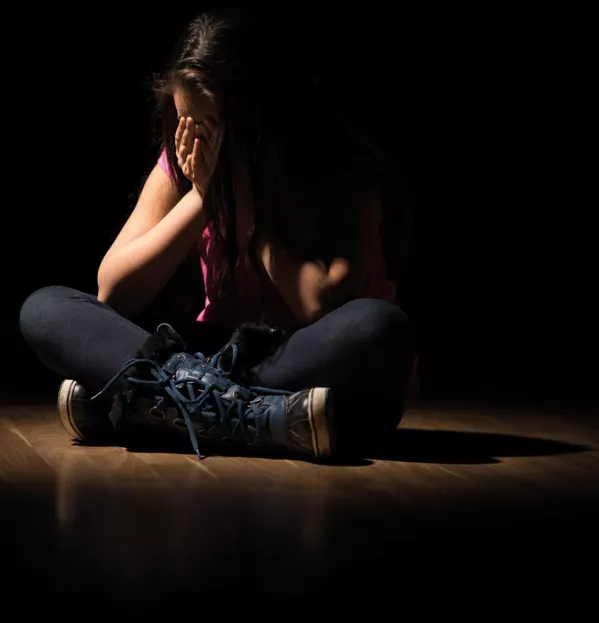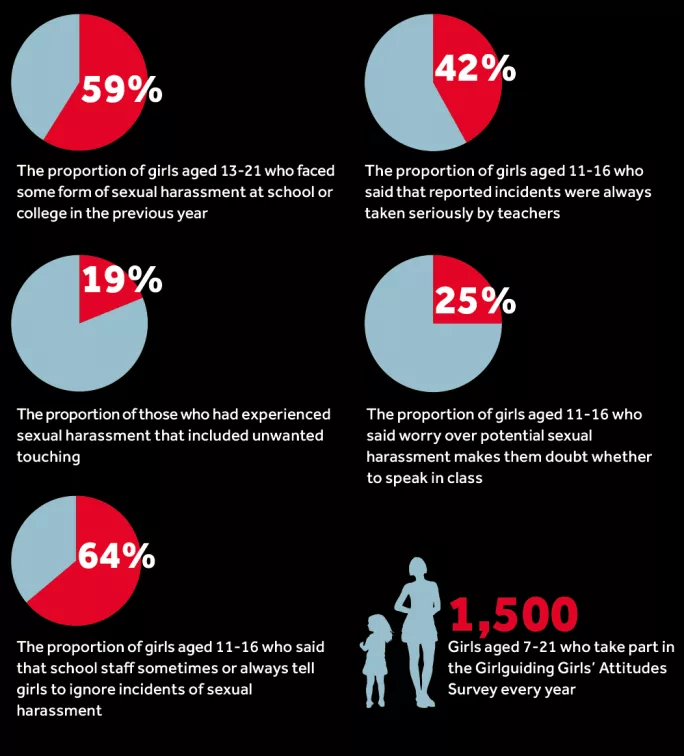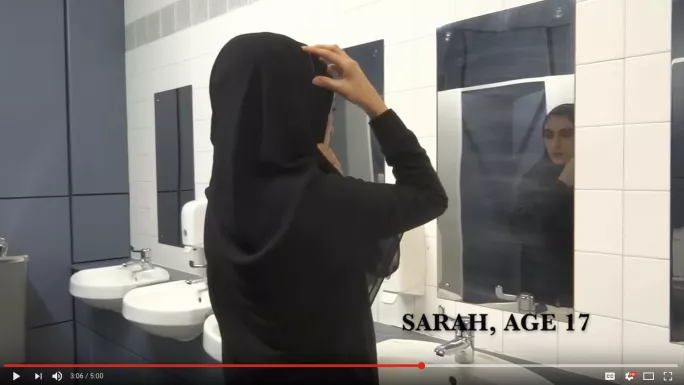Film highlights extent of sex harassment in schools

The girls talk about being groped under desks, having their skirts lifted and boys thrusting their crotches in their faces - all during the course of the school day. They talk about self-harming and the impact on their mental health of having to share corridors with boys who have sexually assaulted them.
But while the personal stories contained in an award-winning short film about sexual abuse in school might sound extreme, Katie Horsburgh, the 17-year-old Scottish school pupil who made it, argues that they are worryingly common.
Anecdotes that did not make the cut ranged from one girl who was backed into a school cupboard and convinced that she was going to be assaulted, to boys making a game of grabbing girls’ backsides in a craft, design and technology class.
Now a women’s rights organisation is arguing that schools should use Katie’s five-minute film - which won a recent John Byrne Award for creative expression among young people - as a catalyst for teachers and pupils to discuss what kind of behaviour is acceptable in school.
Zero tolerance
For her part, Katie, who is in S6, would like to see a zero-tolerance policy adopted by schools when it comes to sexual bullying, as well as higher-quality sex and relationships education, with a focus on consent, and teachers who are “empowered through training to tackle the issue”.
One girl in the film comments that she is “sick of teachers excusing lad culture”. Figures collected by Girlguiding UK show that girls are not confident that incidents will be taken seriously by school staff.

Katie - who made the film as the project for her media studies Higher - says: “The examples in the film seem quite extreme but I would argue they are not. Having listened to lots and lots of these stories, the themes around what was happening and how it impacted on the girls were common.”
Sexual harassment of girls, especially in early secondary school when they are between 11 and 14, was widespread, Katie says. It makes girls feel ashamed and anxious and impacts on their mental health, she adds.
“The impression I get is that it happens to pretty much all girls at some point and it happens everywhere,” Katie says. “Girls who spoke to me were from comprehensive schools, private schools, religious schools - basically, wherever you have a place of education with lots of young people mixing together, these things happen.”

The stories Katie uncovers in the film mirror those that have come to the attention of YWCA Scotland: The Young Women’s Movement, says its director Kara Brown. The campaigning organisation conducted research last year into the issues affecting young women and found many “experiencing unchallenged sexual harassment and abuse in a variety of settings”, including school.
Brown says: “For us, it’s all about having conversations. Taking Katie’s film and showing it in schools and classrooms would be a great catalyst so that young people can have these discussions, know how these things make other people feel and agree the rules.”
However, she stresses that while schools had a role to play, it was inequalities within society that drive pupils’ behaviour in school and these, too, need to be addressed.

‘Lack of respect’
Katie agrees but argues that tackling the issue in school is too good an opportunity to miss. “The lack of respect many teenage boys have for girls is a reflection of wider gender inequality across society but, as this is a problem in education, we have a wonderful opportunity to make real change.”
Jim Thewliss, general secretary of School Leaders Scotland, says: “The video doesn’t make pleasant watching. Whether widespread or occasional, such behaviour is totally unacceptable in school and in society. Violation cannot be part of any civilised society. We have sex awareness as part of PSE (personal and social education) in schools and the raising awareness of, and use of, this video would give an impetus for ensuring that we maintain its effectiveness.”
Watch Katie’s film at bit.ly/ByrneWinner
You need a Tes subscription to read this article
Subscribe now to read this article and get other subscriber-only content:
- Unlimited access to all Tes magazine content
- Exclusive subscriber-only stories
- Award-winning email newsletters
Already a subscriber? Log in
You need a subscription to read this article
Subscribe now to read this article and get other subscriber-only content, including:
- Unlimited access to all Tes magazine content
- Exclusive subscriber-only stories
- Award-winning email newsletters